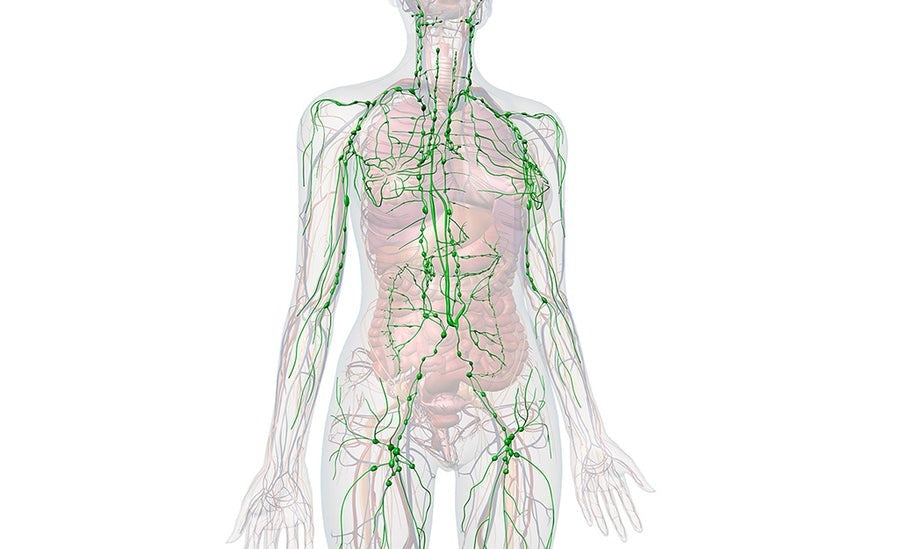The Importance of Deep Breathing
Have you ever considered the fact that life depends on breathing? You are alive because you breathe. But do you also realise that the quality of your life depends on the quality of your breath?
The answer lies in the powerful role our breath and diaphragm plays in reducing stress, restoring energy, strengthening our nervous system, and impacting our emotional patterns!
The impact on the nervous system
The central nervous system (CNS) is divided into two parts: the sympathetic nervous system (SNS) and the parasympathetic nervous system (PNS).
The SNS is what drives us through our day-to-day tasks and is responsible for what we call our ‘fight or flight’ mode. The PNS, on the other hand, is the part of the central nervous system that controls and regulates our autonomic functions such as breathing, heart rate, and metabolic rate. It also tries to maintain balance and homeostasis in the body.
When our PNS is activated, blood is directed to our digestive organs, endocrine glands, and lymphatic system. But because we live in a pretty stressful environment, many of us are constantly in a ‘fight or flight’ mode and struggle to activate that little-known ‘rest and digest’ response of the PNS.
A strong central nervous system (CNS) is a balanced one.
Start paying attention to how your breath changes in different situations. For example, our breath becomes short and fast when we experience fear, pain or stress. We might even hold our breath and switch to shallow breathing. Shallow breathing triggers our ‘fight or flight’ response and increases the production of our stress hormone cortisol. A high cortisol level inhibits the production of our sex hormones and is among the most common hormonal disruptors. In contrast, when we feel safe and relaxed, our breath becomes deep and slow, activating the rest, digest, and reproduce part of the nervous system.
Why breathing exercises are important
The respiratory muscles are skeletal muscles that can be controlled voluntarily. If you choose to, you can actually shape the movements of your breath. This makes breathing the only part of the autonomic nervous system that we CAN control, which is why breathing exercises are so effective in strengthening our nervous system!
One clear example of this is pranayama. In Hindu yoga, pranayama is the conscious regulation of breath using certain exercises and techniques. Research has shown that pranayama elevates levels of GABA (gamma-aminobutyric acid), a vital CNS neurotransmitter which controls most of our body and mind functions. In effect, it also regulates the hypothalamic-pituitary-adrenal (HPA) axis due to its effects on the nervous system, specifically reducing stress, anxiety and depression.
Since many women lead such high-paced lifestyles these days, I believe we all need to enhance the parasympathetic nervous system more often. Activating the ‘reset, digest, and reproduce’ aspect of the nervous system helps to reduce anxiety and depression, stabilize blood pressure, enhance muscle relaxation, improve energy levels and decrease stress levels.
The breath is the only function of the autonomic nervous system that you CAN control. By regulating your breathing you can either activate the sympathetic, ‘fight or flight’ response OR the parasympathetic, ‘rest and digest’ mode.
Your body and brain are part of a continuous feedback loop in which the body sends information to the brain about the state of the system. In return, the brain sends signals to the body to respond to these cues. In this loop, shallow breathing performs as both the symptom of stress and the informant that notifies your brain that you’re under threat. This means that the SNS not only kicks into high gear when you’re under duress ( which shortens the breath); it also indicates that shallow breathing can trigger SNS activation.
By far the most rapid way to initiate the relaxation response is to take long, slow, diaphragmatic breaths. If you’re used to breathing from your upper chest, you may be surprised by how challenging it is to alter your breathing. With practice, however, your body will welcome the rhythm and relaxation that comes with elongating and deepening your breath.
Nose breathing vs mouth breathing
Often, unawareness of our breath leads to unhealthy breathing habits like exaggerated chest movements, tense abdominal muscles that restrict the breath and breathing through the mouth rather than the nose. Breathing through the mouth tends to inflate only the upper lobes of the lungs. These are connected to the sympathetic nervous system, the branch of the nervous system that activates the ‘fight and flight’ response and releases stress hormones into our bloodstream.
The lungs are our primary source of energy. They extract oxygen from the air we breathe primarily on the exhalation. Because the nostrils are smaller than the mouth, air exhaled through the nose creates back pressure when one exhales. This slows the air escape so the lungs have more time to extract oxygen from them!
When there is proper oxygen-carbon dioxide exchange, the blood will maintain a balanced pH. However, if carbon-dioxide is lost too quickly as in mouth breathing, oxygen absorption is decreased. Nose breathing is also important because it optimises the air you breathe, bringing about other benefits that include:
- increased circulation
- improved digestion
- improved focus and performance
- balanced blood oxygen and carbon dioxide levels
- slowed breathing rate
- clean and moist air in the lungs
- increased energy levels
- reduced hypertension, anxiety and stress
-
improved overall lung volume
The relation to the pelvic floor
The pelvic floor and diaphragm are coordinated and work together to control pressures through the pelvis. As the diaphragm is activated during inhalation, the pelvic floor relaxes to accept the contents of the abdomen and pelvis. As we exhale, the diaphragm returns to its rested position and the pelvic floor activates slightly. Long, slow breaths then encourage complete relaxation of the pelvic floor and thus help decrease pain for people with tender pelvic floor muscles.
Deep diaphragmatic breathing exercise
The goal of deep belly breathing is to shape automatic breathing so that it flows optimally – in a deep, smooth, and effortless rhythm. By daily exercising your breath, you practice conscious awareness and learn how to control your breath so you can make it strong enough to resist stress, pain, and negative emotions.
A good practice is to take 5 minutes each day of conscious deep breathing.
- Lie on your back and place your hands on your tummy.
- As you inhale through your nose, count your inhalation.
- Hold your breath for a moment.
- Exhale through your nose and count your exhalation.
Ask yourself the following questions as you learn to master the art of deep belly breathing:
- Did you breathe into your belly?
- Did you feel your hands rising?
- How long was your inhalation/exhalation?
- Did you feel restricted, as if you strained your breath?
As you continue to practice deep belly breathing, you will feel more relaxed. Your breathing will also become smoother and longer. BUT most importantly, you will be able to control your breath when you feel stressed or emotional!
By improving the quality of your breathing, you can improve the quality of your life.






















